
Russia’s Ministry of Economic Development has said that Russia is on course for a 5.1-percent of the GDP federal budget deficit (RUB3.9 trillion, or USD57 billion), if oil prices average out USD40 per barrel, Vedomosti daily reported on February 8.
President Putin previously set a three-percent deficit “red line” that should not be crossed – an achievable target if oil averages USD50 in 2016, according to the assumptions of the initial budget approved in December.
However, after a jarring January, when oil prices slid to a new level of under USD30, the two-month-old assumptions already look optimistic. Finance Minister Anton Siluanov is currently revising the budget and is due to release a new version in March.
The Russian economy is hurting. The Economy Ministry’s baseline scenario for 2016 is a GDP decline of 0.8 percent, a fall in industrial output by 0.3 percent, and inflation running at eight to 8.5 percent. The reduction in investment in 2016 is forecast at six percent (in 2015, it fell 8.4 percent). The fall in the volume of services is estimated at 1.5 percent, after a decline of 2.1 percent in 2015. Real wages are expected to be down another three percent after falling 9.5 percent in 2015. The fall in retail turnover is projected to slow down from 10 percent in 2015 to 2.9 percent in the current year.
Minister Siluanov has already called for 10-percent cuts across the board (worth RUB513 billion, or USD7.527 billion), although military and social spending are sacrosanct (a third and a quarter of spending respectively) thanks to Russia’s bombing campaign in Syria and the general elections to the State Duma slated for the fall of 2016.
However, it looks increasingly unlikely that those in charge of Russia’s public purse will be able to meet President Putin’s three-percent target without cutting into the more politically sensitive parts of the country’s expenditures. The only alternative would be to carry a much larger deficit than planned.
The game is to fill the spending gap. The December version of the budget had a three-percent budget deficit, or a RUB1.7-trillion (USD25 billion) hole. Russia finished 2015 with a better-than-expected 2.6-percent deficit. However, the 5.1-percent scenario would represent a RUB3.9-trillion (USD57 billion) hole, which would be much more considerable. Other schemes to raise extra revenue without more spending cuts are unlikely to work.
Russia recently relaunched its 2008 privatization plan, which foresees revenues of RUB1 trillion (USD15 billion). However, investors have widely rejected the plan, saying that no one will be willing to buy that many Russian assets in this climate, especially after restrictions were introduced on the sales. These include a requirement that buyers of any of these assets must be Russian domiciled legal entities. State-owned banks are also banned from participating in the deals, and without this funding, even Russia’s oligarchs will struggle to come up with the cash to buy some of the bigger companies on offer.
Likewise, the state budget has earmarked USD3 billion worth of Eurobond issues for this year, down from the traditional USD7 billion Russia issued every year up to 2013. In this respect, investors have scoffed at the state’s ability to raise even this amount. Even if this bond issue does come off, it is still way short of the probable USD52 billion budgetary shortfall.
The latest wheeze is talk of increasing the tax on oil exports, which the government said could raise RUB1 trillion (USD15 billion). These numbers are based on the assumption that oil averages USD50 a barrel and if it is less, then the revenue will still not be enough to cover the shortfall.
The Ministry of Finance proposes to reduce military spending by RUB200 billion (USD2.937 billion) and wants to increase the dividend payout rate for state-owned companies from 25 percent to 50 percent, which will bring another RUB175 billion (USD2.569 billion). The Ministry also proposes to intensify its collection of value-added taxes, which would bring in another RUB173 billion (USD2.539 billion).
This all said, Russia’s deficit is not going to cause a crisis. The state still has some RUB9 trillion (USD132 billion) in its two rainy day funds that is enough to cover even a five-percent deficit. But the problem is that if the state spends all this money, it will go into 2017 with almost nothing in reserve – a scenario the government is trying to avoid, as the consensus prediction for oil prices is that they will stay at under USD70 for at least another two or three years, while the break-even price for Russia’s budget today is USD85.
The Ministry of the Economy is also adopting a “conservative scenario” of USD25 per barrel of Urals oil, although it is the Ministry of Finance’s version of the budget that will actually determine spending. In January, the price of oil hovered around USD28. The Minister of Economic Development Alexei Ulyukayev said that in this case, inflation will be 8.8 to 9.2 percent. The drop in investment in this scenario is projected at 6.7 percent, against 8.4 percent seen in 2015. The retail trade turnover is forecast to decrease by 5.9 percent, or about half the fall registered in 2015.
But the biggest hit in this scenario is the impact on the population that will see the rate of falling income accelerate to 4.7 percent. The rate of decline in real wages will be reduced to 4.8 percent per annum.
The average rouble exchange rate against the dollar in the baseline forecast is RUB68.2 to the dollar and RUB75.7 to the dollar in the conservative case.


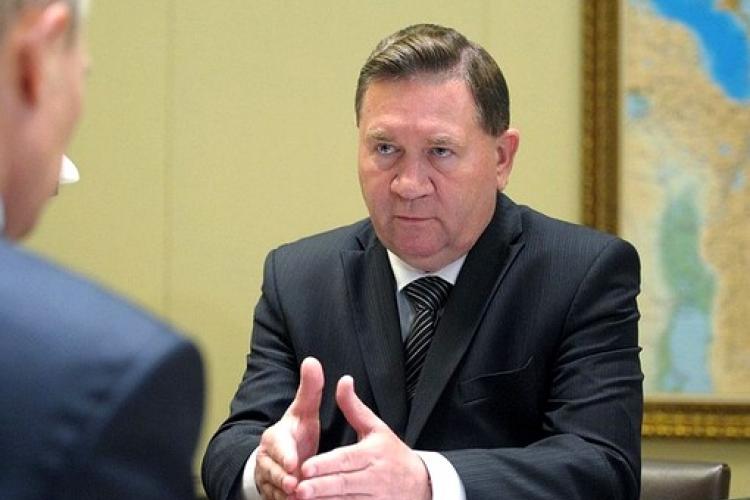
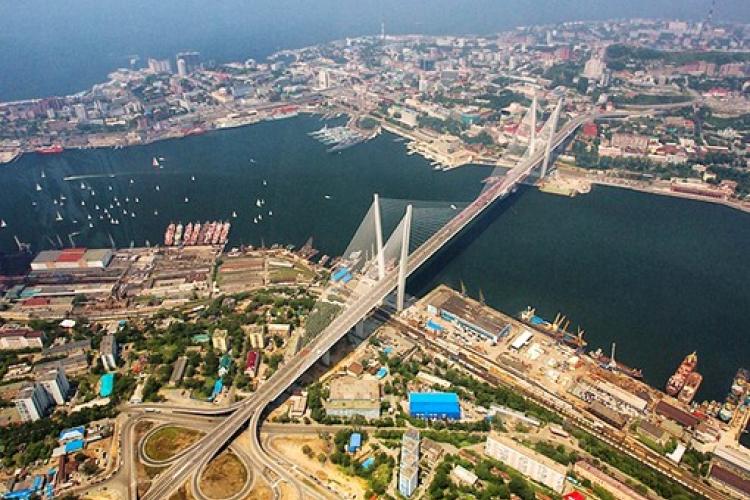
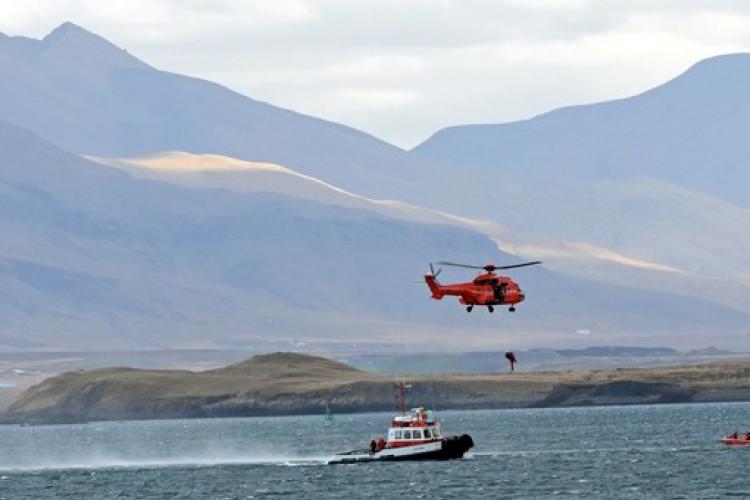
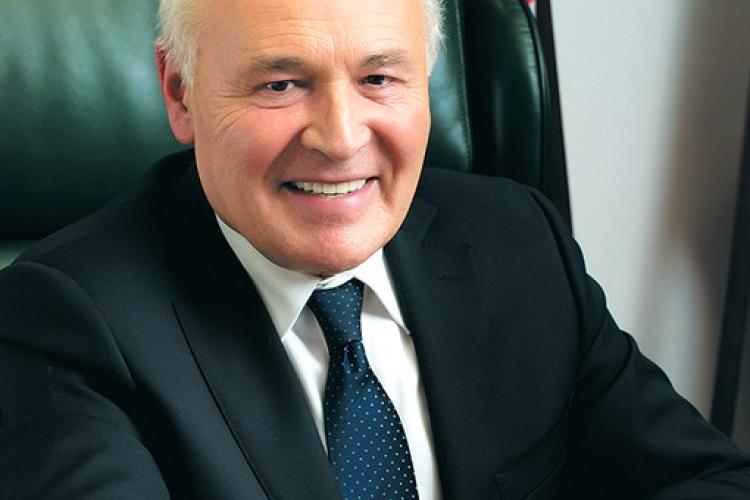
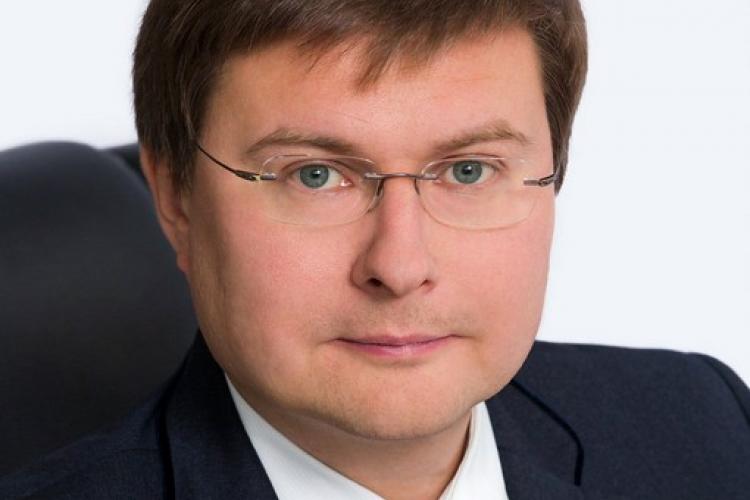


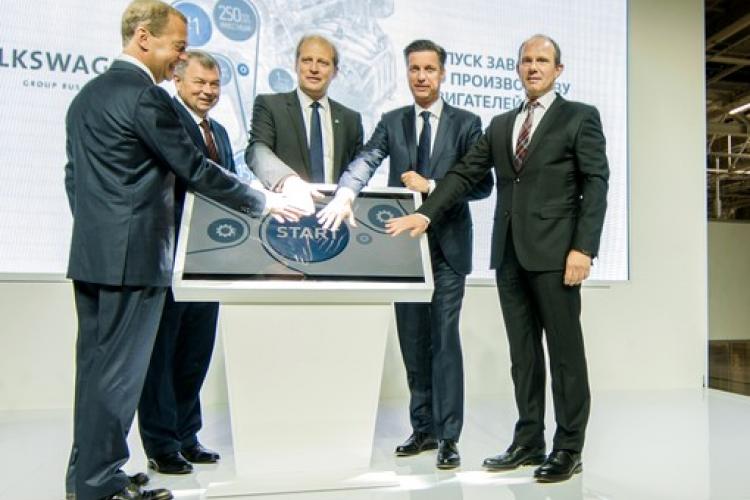
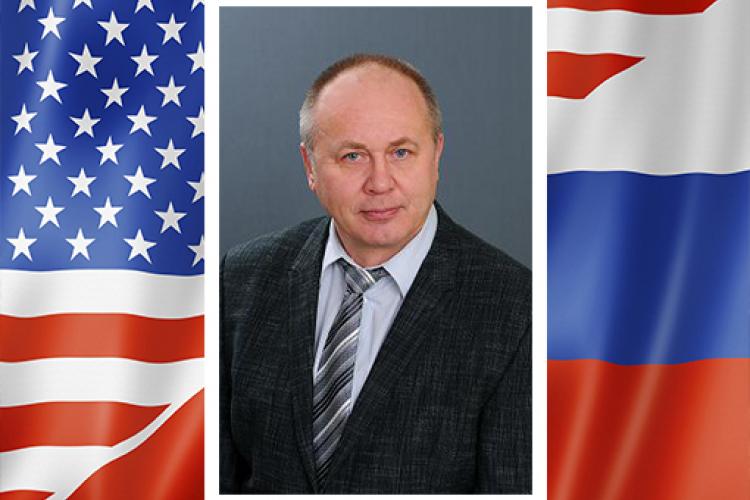

Leave a comment